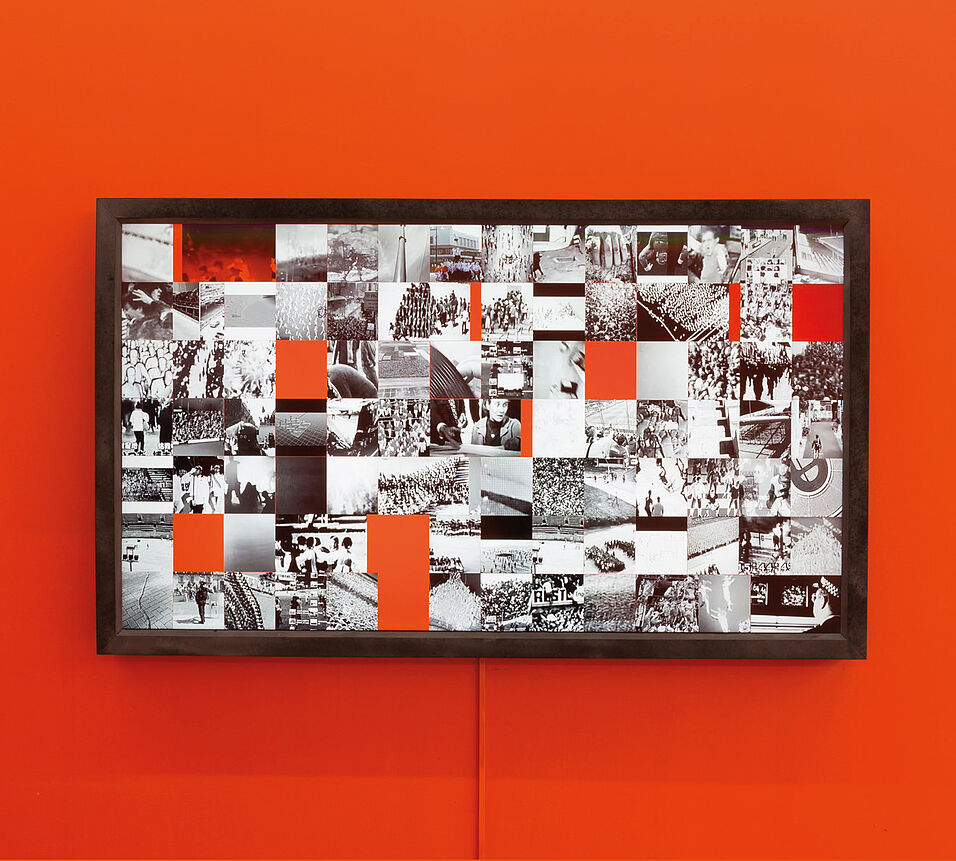Institut für Kunstgeschichte, Campus, Hof 9, Seminarraum 1
Within the art world orgy of Frieze-week London, two shows spoke to me most powerfully about art and crisis: Marcin Dudek’s Steps and Marches, (Edel Assanti gallery) and Melancholia, a Seebald story, (Kings’ College, Inigo Rooms).
Dudek’s video, Interpersonal stress crowd turbulence, evoked the long story of crowds, ephemeral violence, political uprising and change; Melancholia, the dreadful contemplation of aftermath, the impossible dialectic of reconstruction and mourning.
With our democracies at the mercy of the ‘black box algorhithms’ the rise of jingoism and racism reveal
atavistic, animal fears. It seems timely to look back to the theoreticians of crowds and power from Jules
Romains, and Georges Sorel, to Walter Benjamin, Elias Canetti or George-Didi-Huberman’s Uprisings.
Above all Serge Chakotin’s Rape of the Masses. The Psychology of Totalitarian propaganda, first published in 1939 and its reappearance in England and Russia today speaks to the present. ‘In the description of the disaster lies the possibility of overcoming it’. Are W. G. Seebald’s words too optimistic for our times?
http://hkf-visuellekulturgeschichte.univie.ac.at Marion Meyer, Noit Banai
-> more information
Bild rechts: Dudek, Interpersonal Stress Crowd Turbulence, 2016-ongoing, video. Copyright Marcin Dudek, courtesy Edel Assanti.

